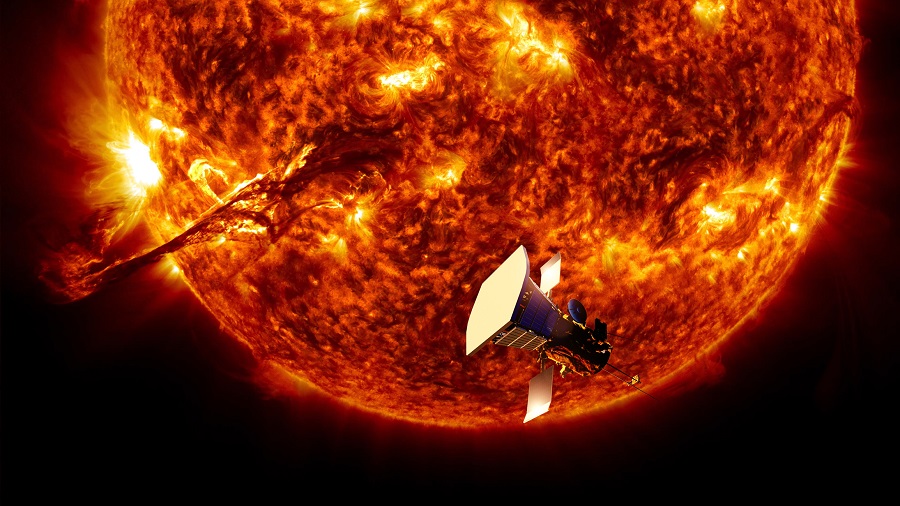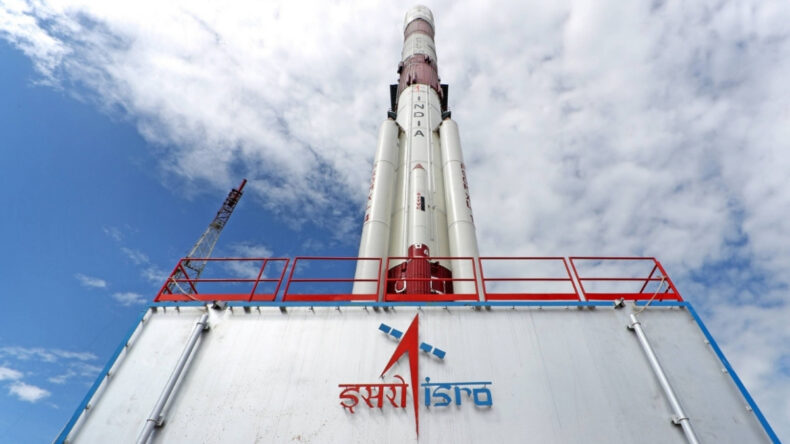After the success of Chandrayaan 3, ISRO now plans to launch Aditya L1- India’s first space-based mission to study the Sun. The ISRO chief, S Somanath, has told the media that the Sun observatory will be launched in the first week of September this year. India is gearing up for another historic feat.
Aditya L1 will be launched on board the Polar Satellite Launch Vehicle (PSLV) XL rocket. The launch vehicle will place the satellite in the halo orbit around the Lagrange point 1 (L1) of the sun-earth system. According to the national space agency’s website, the L1 point enables the continuous and 24×7 view of sun, unhindered by occultation or eclipses.

Aditya L1 Launch Date and Time
The exact date and time of the satellite launch is yet to be decided and announced, however, whenever it takes off, it will have to travel 1.5 million KM to reach the L1. The whole journey is expected to take about four months.
The spacecraft will carry seven payloads to the L1 point, from where they will study the sun. Three of these instruments will carry out in-situ study of the local environment at L1 and the remaining four instruments will directly view the sun.
Objectives of Mission
The instruments on board the Aditya will play a very important role in improving our understanding of the Sun’s three layers and their phenomenons. The data and knowledge captured through these instruments will help us understand better the phenomenons like Coronal Mass Ejection (CME), solar flares, sunspots and other colossal solar events.
7 Payloads to Study Sun
Here is a complete list of the scientific instruments that Aditya L1 will carry to the Sun:
- Visible Emission Line Coronagraph (VELC)
- Solar Low-Energy X-ray Spectrometer (SoLEXS)
- High Energy L1 Orbiting X-ray Spectrometer (HEL1OS)
- Solar Ultraviolet Imaging Telescope (SUIT)
- Aditya Solar wind Particle Experiment (ASPEX)
- Plasma Analyser Package For Aditya (PAPA)
- Advanced Tri-axial High Resolution Digital Magnetometers
One of the key payloads is made-in-India Solar Ultraviolet Imaging Telescope (SUIT), designed and developed by Inter-University Center for Astronomy and Astrophysics (IUCAA) in Pune. SUIT will capture full disk images of the Sun in the wavelength range of 2,000-4,000 angstroms. This has never been done before by any telescope. Further, Aditya L1 will be undertaking various other pioneering tasks near the Sun.
The whole mission is expected to cost nearly 380 crore. This will be the first time that India will place an observatory in space to study the Sun. The mission is expected to be a new dawn in the space research apparatus of ISRO, which is eagerly looking forward to move deeper into research and data analysis by placing the commercial and manufacturing domains in the hands of the industry. Indian space agency has achieved great feats in past few decades, truly.













